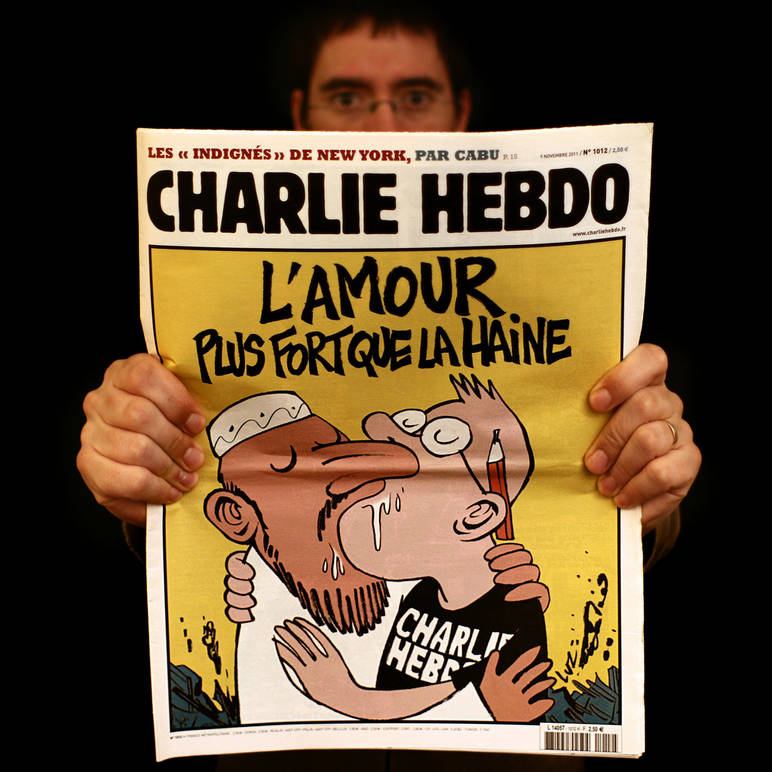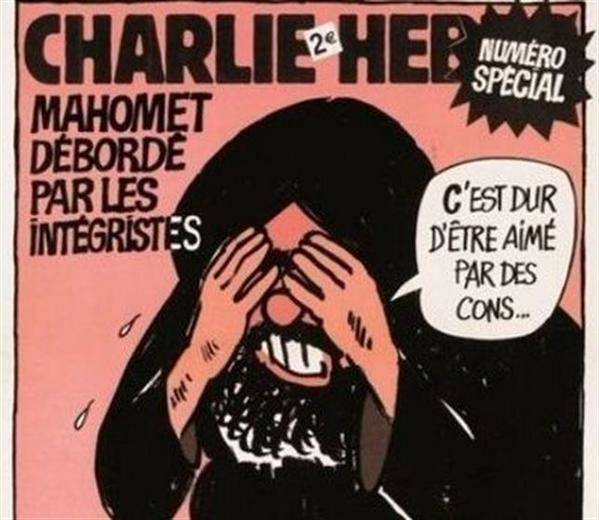"Inside Charlie Hebdo:" Manifest for the Freedom of Expression
On Jan. 7, 2015 at 11:30 a.m. two Islamist extremist terrorists, killed 12 people at the offices of French satirical weekly magazine Charlie Hebdo. Among the victims were cartoonists Cabu, Wolinski, Tignous, Honoré, Charb, and the economist Bernard Maris.
Inside Charlie Hebdo shows the process, which led to that sad epilogue. The documentary, flmed by Jerôme Lambert and Philippe Picard, takes place nine years earlier, in February 2006. It originally intended to depict the preparation leading up to the publication of the 712th edition of Charlie Hebdo, a special edition which sadly became history.
After the tragic terrorist attack, Inside Charlie Hebdo became a manifest of the freedom of expression, as we witness how Cabu, Wolinski, Cavanna, and the entire editorial team upheld this right with the power of their pen and their sense of humor. The entire creative process develops with the motto of “have a good laugh but keep it fair,” as cartoonist Jean Cabut (Cabu) remarked during a meeting.
That creative process led to the famous front page titled "Mohammed Overwhelmed by Fundamentalists,” showing the Prophet's caricature signed by Cabu, who sighs "It's hard being loved by jerks.” Months before Charlie Hebdo’s special edition, the Danish satirical magazine Jyllands-Posten published several cartoons depicting the Prophet Mohammed, the principal figure of the religion of Islam. The newspaper announced that this was an attempt to contribute to the debate about criticism of Islam and self-censorship. However, the issue led to protests all around the world from extremist groups.
Charlie Hebdo’s cartoonist at that time considered how a major world event has been set off by a cartoon. After the screening, Véronique Brachet Cabut, widow of Cabu, added to that remark, considering the work of her husband and of other journalists as a defense to the freedom of expression.
“They risked their lives to protect our freedom,” she says. “The documentary gives a sense of how they worked together as friends and teammates.”
Joel Simon, executive director of the Committee to Protect Journalists, says that journalist and cartoonists at Charlie Hebdo simply did their job and had the right to do so. They’re a satirical publication and their only mistake was to publish something other news outlets would be too afraid to print.
“There’s no question that the freedom of expression is under siege,” Simon says. “But that doesn’t mean we need to stop doing our jobs.”



































i-Italy
Facebook
Google+
This work may not be reproduced, in whole or in part, without prior written permission.
Questo lavoro non può essere riprodotto, in tutto o in parte, senza permesso scritto.